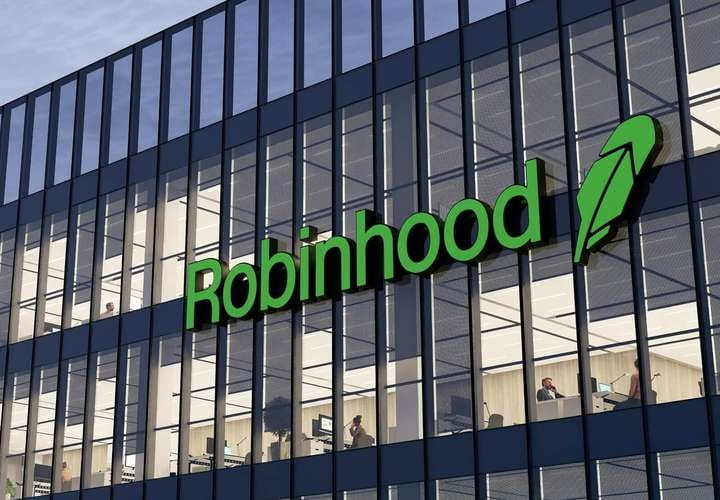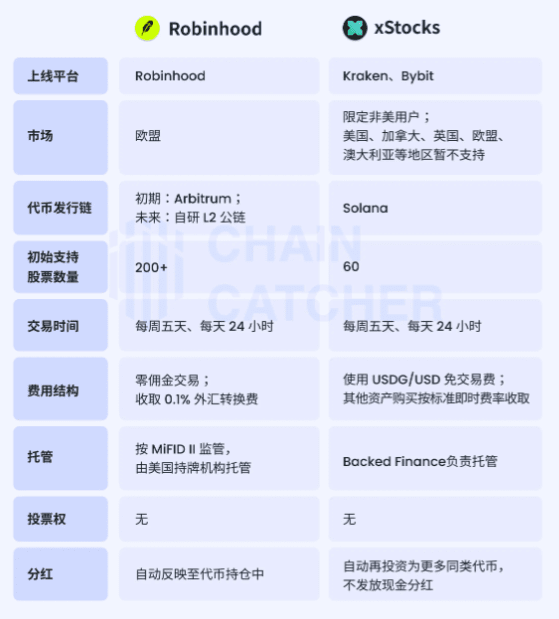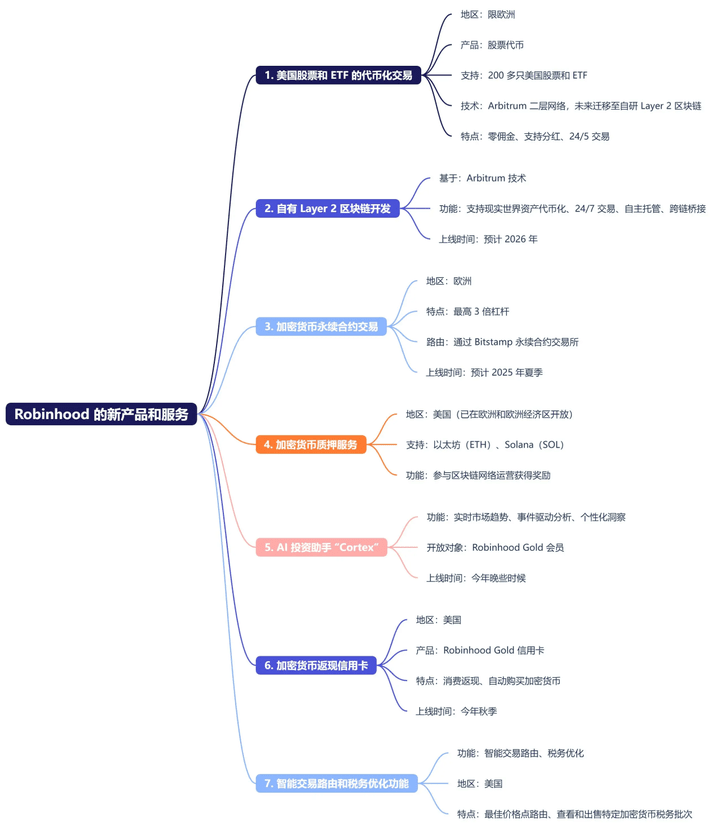Last night, the global capital market witnessed a historic moment—three industry giants Robinhood, Kraken, and Bybit simultaneously announced US stock tokenization trading plans, officially breaking down the dimensional wall between traditional finance and the crypto market. Notably, Robinhood's stock price surged 12.77% in a single day due to this news, reaching an all-time high, signaling the beginning of this financial infrastructure revolution.

1. The ecological competition between coin and stock duopoly
On the track of US stock tokenization, two forces are fiercely competing:
The crypto raid of traditional brokers
Robinhood unveils three strategic weapons: US stock tokenization trading based on the Arbitrum chain, self-developed Layer2 public chain, and a credit card cashback system for purchasing cryptocurrencies connecting fiat and crypto assets. Currently, its European version App has transformed into a 'crypto-driven investment platform', covering over 400 million users across 30 EU countries.Reverse infiltration of crypto natives
Kraken's xStocks chooses the Solana chain as its technical base, focusing on emerging markets in Asia, Africa, and Latin America, but temporarily bypassing the EU, the core battlefield.
This contest is essentially a clash of two financial paradigms: Internet brokers consume crypto traffic with compliance and user experience, while crypto exchanges reconstruct traditional financial markets with technological advantages. With the acceleration of the tokenization of physical assets like SpaceX and OpenAI, altcoins and meme coins that once dominated the market may face a reassessment of their value.

2. Decoding Robinhood's All-in logic
Transforming from a traditional broker to a crypto ecosystem builder, Robinhood's aggressive strategy is backed by three underlying supports:
Financial drive: Q1 2025 data shows that its crypto business contributed $252 million in revenue, surpassing options trading ($240 million) for the first time, accounting for 43% of total revenue. According to frontier technology investor Zheng Di's calculations, the rebate yield from crypto order flows is 45 times that of traditional stocks, with an implied comprehensive return of 0.55% per transaction.
Technical blueprint: The under-development Layer2 public chain will become the core of the ecosystem, not only supporting stock tokenization but also planning to migrate trillion-level traditional financial assets such as bonds, futures, and real estate onto the chain. US users can now achieve precise capital gains tax optimization through a tax batch processing system.
Regulatory card position: $180 million acquisition of Canadian compliance platform WonderFi, $200 million merger with the veteran exchange Bitstamp, these layouts build a strong compliance moat for it.

3. Three major signals of financial order reconstruction
Asset issuance revolution: The mapping of physical assets onto the chain is squeezing the survival space of speculative tokens.
User behavior migration: European users have become accustomed to completing stock trading and crypto staking within the same app.
Infrastructure iteration: Layer2 public chains are beginning to undertake the clearing and settlement functions of traditional finance.
Trend forecasting and opportunity insights
For investors, these three directions are worth paying special attention to:
Value anchoring assets: Tokenized equity with physical backing may become a new value storage vehicle.
On-chain financial tools: Tax optimization, yield aggregation, and other DeFi applications will see explosive growth.
Compliance trading platforms: Institutions that possess both traditional financial licenses and crypto technology will dominate the market.
Currently, Robinhood has enabled the function of automatically purchasing cryptocurrencies with credit card cashback, indicating that crypto assets are penetrating into everyday financial behavior. When ordinary investors can accumulate digital assets while consuming, the brokerage business model of traditional brokers may face fundamental disruption.